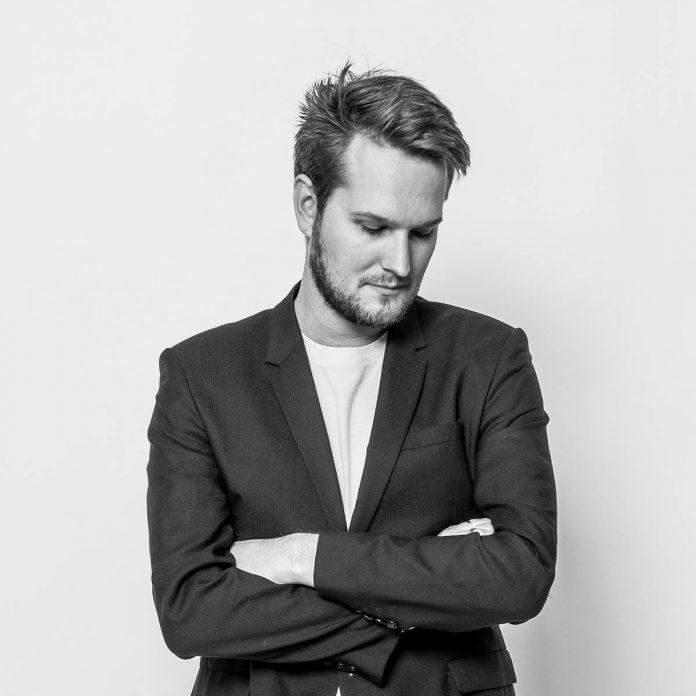2016 marked an important milestone in your professional life. As well as being Guest of Honour at imm Cologne with the creation of Das Haus, you celebrated your firm’s 10th anniversary. How would you describe this period of your life?
Much has happened in recent years, first my graduation from university (Offenbach University of Art and Design, Ed.) and then my courses as a visiting lecturer, as well as the start of my work as a designer when, in 2006, I set up my own firm, which had always been my dream. For three years, I participated at the SaloneSatellite in Milan: this was a crucial stage in my career, which allowed me to build relationships with many companies, most notably Classicon, for which I designed the first of my products to be launched on the market (in 2012), the Bell Table, and Moroso, with which I have had a lasting collaboration.
The Salone was a vital opportunity for me to come into contact with Italian and foreign companies, and within four or five years, I went from designing in my apartment as a student to having a proper design studio with several clients. It was an intense period, a period of rapid growth, but it is important for a designer to continuously learn and develop. It was also a period that involved a lot of hard work, sustained by great passion and considerable energy.
As well as the Salone del Mobile, Italy has also played an important role in your career…
It certainly has – I have built lasting relationships with Italian companies such as Moroso, Cappellini, Ex.t and Kundalini. Italy has a great tradition of design and artisan knowledge. You do not often come across highly-trained, experienced master craftsmen like those that you find in Italy, in Murano and Meda for example. I recently had an exceptional experience when I participated in the ‘Doppia Firma’ exhibition at GAM during the Fuori Salone – I was able to work alongside the artist Lucio Doro to create the work on display. Working with craftsmen is also a great inspiration for my work – I would even say that they are my heroes, since they have the knowledge and ability to transform ideas into objects, accepting new challenges every time.
What defines a product designed by Sebastian Herkner?
I like creating products that are not simply a marketing strategy or trend, but furniture and objects for which there is genuinely a need and which people want to keep for a lifetime. I think it is a great honor for designers to see their own works in the homes of ‘normal’ people, who choose them and may have to save up to buy them.
This is why I aim to design products that age well and develop a beautiful patina over time, made from high-quality materials using artisan techniques.
Within this approach, what is your ‘sense’ for materials?
I need to choose ‘real’, high-quality materials that will last for a long time, made in collaboration with small companies that create specialized products, made from glass or ceramic for example. When, for instance, I designed the Bell Table in 2009, I wanted to use glass (for the base, Ed.) even though it was unfashionable at the time. I found it interesting to collaborate with glass-blowing artisans and, in a certain sense, to go against current trends by creating something truly new. To rethink the product and make it unique. My approach to design involves interacting with materials and with the product, combining forms, materials and colors. I have been using bright colors since my earliest sketches because they are part of the project’s identity and they strengthen its character.
How do you go from rethinking the product to arriving at the final object?
After much consideration, when I have clear ideas, I begin to draw sketches, then we move on to cardboard models and renderings. Next begins the work with the client, proceeding with prototypes and continuous adjustments until the 2D idea becomes a three-dimensional object. This process can go on for years, so I generally work with clients with whom I can build a good relationship, even on a personal level.







